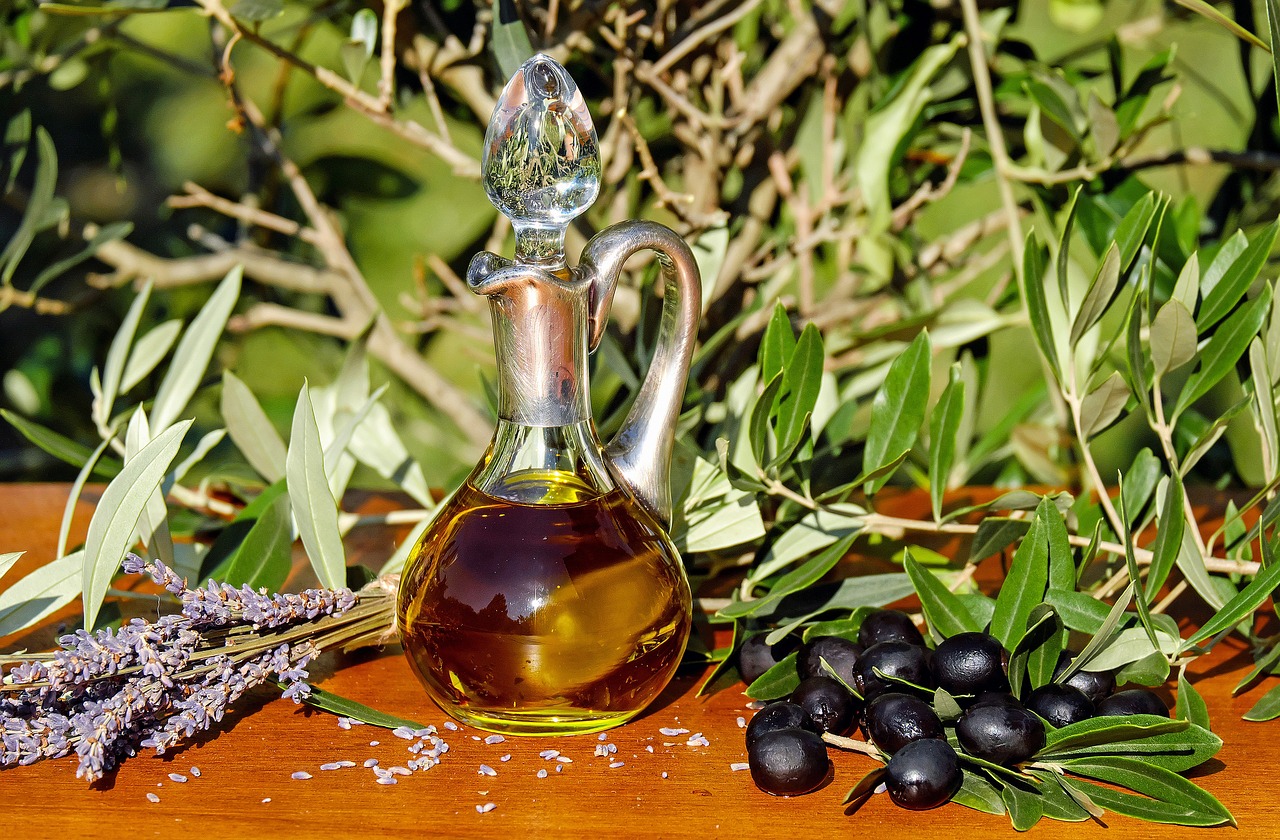
The rules to be respected to produce high quality extra virgin olive oil

The history of the olive oil is divided between truth and legend: for the Egyptians it was introduced as a gift by the goddess Isis, for the Greeks it was Minerva who brought out the first olive tree from the earth. Whatever its origin, even today it is very important to respect the quality assessment in olive oil production. Let’s find out how!
The regulation for the quality in olive oil production
The EEC Regulation 2568 of 1991 is the most important legal text regarding the characteristics of olive oils and pomace oils and for the methods of determining the related chemical parameters.
The text is the reference point for the whole olive oil sector to define the various types of oil in an unambiguous way and the methods for checking the conformity of an oil sample to the declared category.
Among the compliance parameters covered by the legislation in this sector are acidity, peroxides, waxes and ultraviolet analysis.
Acidity is a very important parameter that gives us information on the quality of the olives. Attacks of fly, poor conservation and other defects on the fruit affect this parameter. The extra virgin must have an acidity lower than 0.8% but oils of excellent quality has values under 0.1-0.2%.
Peroxides, on the other hand, are an important parameter in the conservation phase of the product and are influenced by light, temperature and the presence of oxygen.
The waxes are generally low, but they are much higher on an oil obtained with solvents, such as a pomace oil. So it is a main “anti-fraud” parameter.
The ultraviolet analysis has a dual value both in terms of quality and conformity.
The Classification of Olive Oil
Olive oil, due to its balanced composition, has a certain protective effect on the arteries, on the stomach, on the liver, while allowing, for its organoleptic characteristics, a gratification of the palate.
According to the regulation for the quality in the production of olive oil, it can be classified into:
- EXTRA VIRGIN OLIVE OIL
- VIRGIN OLIVE OILS
- REFINED OLIVE OIL
- OLIVE OIL
- RAW SANSA OIL
- REFINED SANSA OIL
- OLIVE POMACE OIL
How to recognize a high quality extra virgin olive oil
The sensory seminar in Oil tasting that we offer at the Villa Campestri Oleoteca revives traces of a forgotten age-old culture which now flourishes thanks to the studies and perseverance of the owner of Villa Campestri, Paolo Pasquali.
During the seminar you will learn how to smell, taste, and observe in order to discover the incredible flavors of fine Olive Oils. You will learn the true meaning of “extra virgin” as well as how to describe it correctly with terms such as “fruity”, “bitter”, and “spicy”.
You will discover how to recognize a defective Oil from a good one as well as how to correctly combine specific Olive Oils with different foods in order to transform a simple dish into something extraordinary.
To learn how to recognize a high quality extra virgin olive oil, we are waiting for you at Villa Campestri Olive Oil Resort!
Quick Booking snippet
Tuscany, an Italian region renowned for its cultural and historical wealth, is home to numerous UNESCO World Heritage Sites. These sites represent not just the architectural and artistic beauty of the region but also its significant historical heritage.
Italian cuisine, celebrated globally, is a mosaic of flavors and traditions. From the rolling hills of Tuscany to the bustling streets of Naples, each region contributes its unique essence to what we recognize as Italian cuisine. This culinary journey explores how history, culture, and regional diversity have shaped the renowned gastronomy of Italy.
Tuscany is world-renowned for its rich winemaking tradition, a heritage rooted in centuries of history and culture. In this detailed guide, which is like a true oenological journey, we will discover not only the fine wines of the region but also the traditions and landscapes that make Tuscany an unmissable destination for wine lovers.
In the heart of Italy, Tuscany stands out as one of the most emblematic regions for wine production. Famous for its landscape of gentle hills, cypress trees, and picturesque villages, this region is also a paradise for wine lovers. Tuscan vineyards, nourished by fertile soil and an ideal climate, produce wines that are appreciated worldwide […]
For those looking for a firsthand experience, the Agricultural Tourism Company Badia di Susinana offers horseback rides and trekking and riding courses with a guide, in addition to hospitality for horses and riders, located in Palazzuolo sul Senio. Alternatively, the Farm I Cavalli del Vento allows crossing beech forests and vast chestnut groves, with rides […]
Sport fishing in Tuscany offers a wide range of opportunities due to the abundance of inland and coastal waters in the region. Specifically, the province of Pistoia, with Lake Nievole in Serravalle Pistoiese, is renowned for trout fishing and other fish such as carp, grass carp, tench, and sturgeon, with a catch and release rule. […]
In Val di Chiana, to savor an authentic Chianina steak, there are several renowned restaurant options: 1. Ristorante Casa Cecco: Offers the chance to taste a Chianina steak in a farmhouse dating back to 1600. 2. Agriturismo di Trequanda: Here, Chianina meat, raised in local pastures and processed by the company’s trusted butcher shop, becomes […]
The Italian Quattrocento was a period of extraordinary artistic effervescence that produced numerous world-renowned artists. Among them, some of the most influential were: 1. Andrea Mantegna (1431–1506): A painter and engraver from Padua, famous for his frescoes in the Camera degli Sposi in Mantua.
